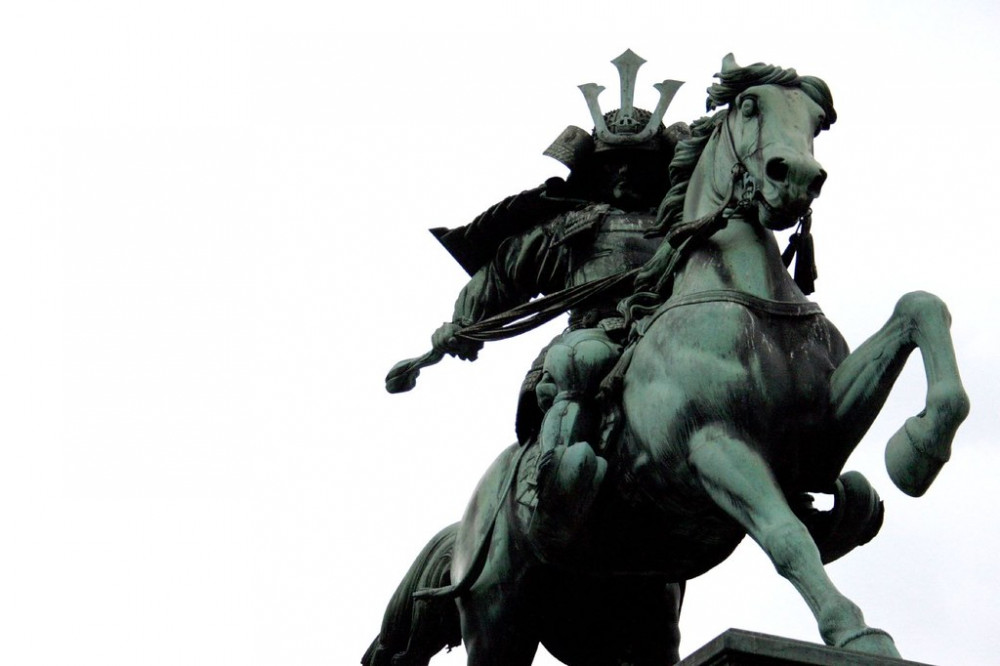
Layered between the civic surfaces of Tokyo’s metropolitan landscapes lies a flood-soaked history of warfare, battle, pride and honor. Time capsules from a bygone age, scores of shrines and memorials across Tokyo are dedicated to those who stood at the center of this bloodshed. Ranging from vengeful spirits and secret protectors to aristocratic war heroes and luckless sword masters, the stories of these warriors are glimpses into Japan’s warrior heritage and of a feudal time not so long ago.
Follow the Samurai Tour of Tokyo via the article and Google Maps below to follow in the blood-stained footsteps of bygone warriors.
📍Follow the Samurai Tour Here with Google Maps
1. Taira no Masakado – The Headless Ghost
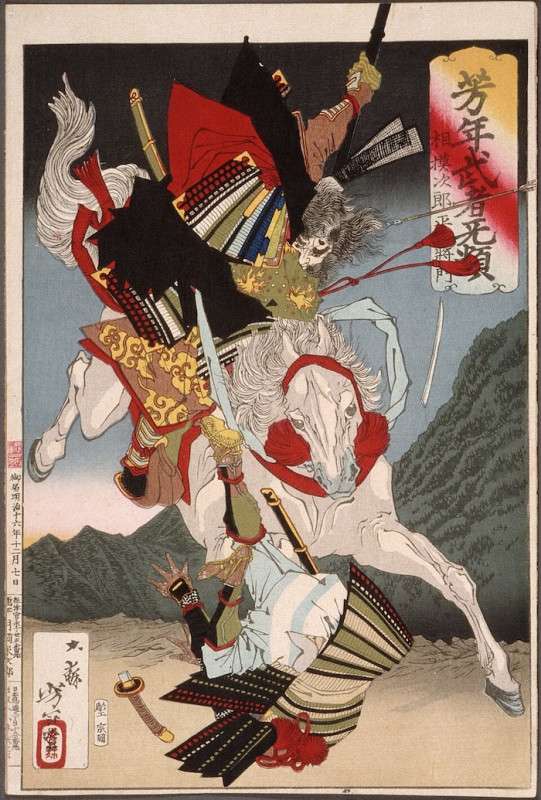
First stop on this Samurai Tour is perhaps Japan’s most surreal ghost story is the tale of Taira no Masakado’s vengeful head. A warrior who led a 10th-century rebellion against the Kyoto government, Masakado’s early victories saw him declare himself the new Emperor. But his rebellion was soon defeated and he himself was captured and beheaded. Then a strange thing happened: Masakado’s head headed back to Kanto, where for centuries, local villagers grew concerned over an angry head flying through the streets at night.
Admired, he may have been, for taking it to the central government—nobody could ignore a mad spirit. As the years went by, the resting place of Masakado’s dome became a place of nervous piety, a dedicated space to a resentful warrior only 20 meters from the C5 Exit of the Metro Chiyoda Line’s Otemachi Station.
Address: 1-2-1 Otemachi, Chiyoda-ku
2. Maresuke Nogi – The Last Samurai

Haunted by the excessive loss of his soldiers’ lives, General Nogi was refused permission by the Emperor to take his own life in atonement. The general, sometimes known as the last samurai, finally found the chance to expunge his guilt when he (and his wife Shizuko) chose to enact the classical samurai edict of junshi ritual suicide, upon the passing of his master, the Meiji Emperor. A celebrated war hero at a time when Japan had just emerged from centuries of feudal isolation, Nogi’s passing revealed him to be a man of fierce loyalty and he soon became a figure of reverence.
The immaculately kept grounds of Nogi Shrine, a short walk from Exit 1 of Nogizaka Station on the Metro Chiyoda Line, feature the very room where the general and his wife ended their lives in ritual fidelity.
Address: 8-11-27 Akasaka, Minato-ku
3. The 47 Ronin – Tragic Avengers
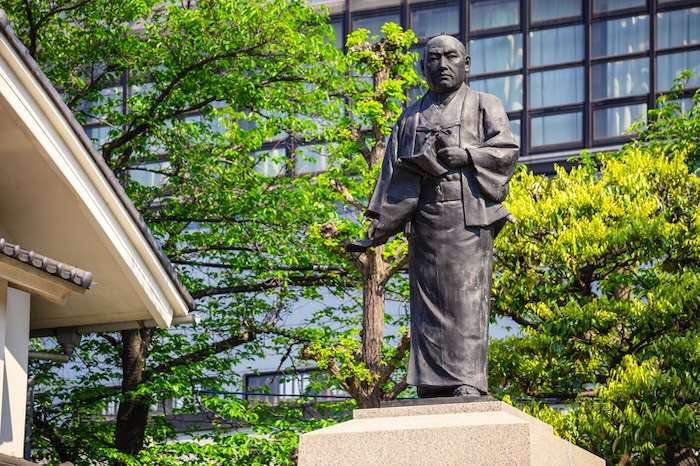
Statue of Oishi Kuranosuke, the leader of 47 loyal ronin
A quiet Zen temple it may be but Sengakuji, only a short moment or two from the A2 Exit of Sengakuji Station on the Toei Asakusa Line, is home to one of the most celebrated stories of feudal samurai loyalty. In the year 1702, 47 now masterless samurai had spent some 18 months hatching a secret plot to avenge their unjustly executed lord. The men were wildly successful but, as expected, were soon taken into custody.
Unsure how to deal with these rebellious heroes, whose actions both seemingly upheld the honor of their traditions and challenged the extent of the law, the authorities finally ordered the men—the youngest, Oishi Chikara, was 16 years old—to commit seppuku ritual suicide to end their lives, not as criminals to be hung, but instead as warriors honorable to the end.
Address: 2-11-1 Takanawa, Minato-ku
4. Hattori Hanzo – Ninja Guardian
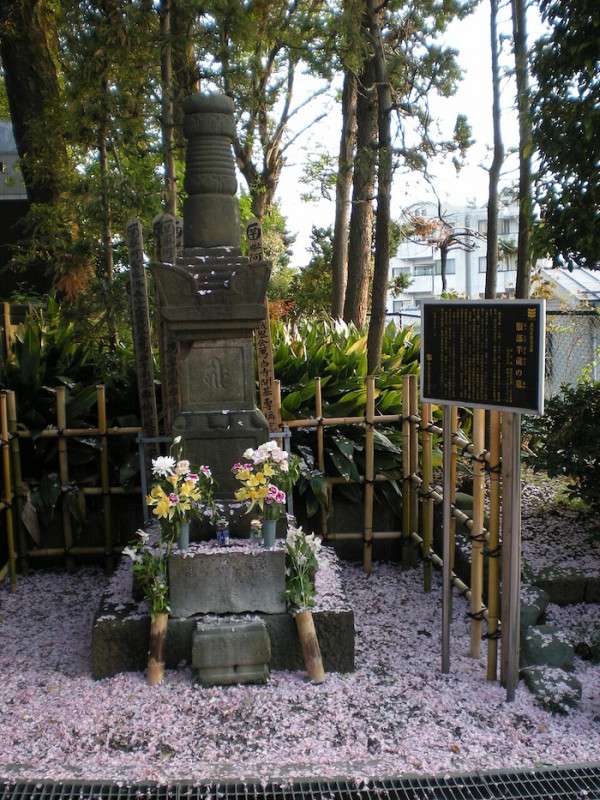
It took the canny negotiating skills of Japan’s most famous ninja leader to help Tokugawa Ieyasu survive long enough to finally unify Japan after centuries of civil war. Organizing safe passage through lands held by the dangerously skilled ninja clans of Iga, Hattori Hanzo was rewarded by Japan’s future ruler with lands, income and position. Demon Hanzo, as he was also known, later retired from a life of combat and lived out his remaining few years as a Buddhist monk.
A sign of his dignity and honor, Hanzo built Sainenji, a small temple in honor of a Tokugawa son whom he couldn’t save from a tragic death. The temple, a short walk from Yotsuya Station on the JR Chuo Line, features the master ninja’s battle helmet and the three-meter remains of his massive four-meter-long battle spear.
Address: 2-9 Wakaba, Shinjuku-ku
5. Kondo Isami – The Wrong Side of Destiny
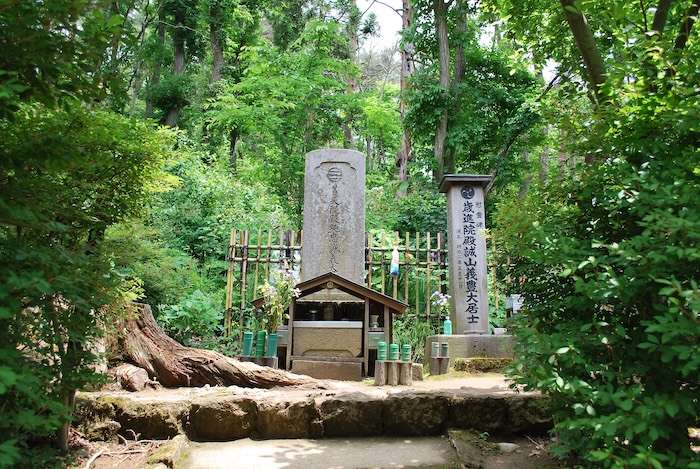
Leader of the pro-shogunate Shinsengumi police force, Kondo Isami was responsible for ferreting out and suppressing support for the Imperial Court. Fate, however, was not kind to the young warrior. Generational turmoil had hit Japan and with the Tokugawa administration collapsing and the Imperial House soon to be restored to political power, Kondo’s support for the shogunate had landed him on the wrong side of history.
The gritty sword master, fourth generation head of the Tennin Rishin school of swordsmanship, was captured soon after the final battle between the shogunate and Imperial forces in 1868. At the age of 34, Kondo lost his war to prevent change and was executed in Itabashi. His grave, along with a memorial to his Shinsengumi swordsmen, sits across the road from the East Exit of Itabashi Station on the JR Saikyo Line.
Address: 7-8-10 Takinogawa, Kita-ku
Follow the Samurai tour here with Google Maps
Love exploring Tokyo? Follow our Tokyo Neighborhood Guides series here!
Originally published July 2024, updated for November 2025.







